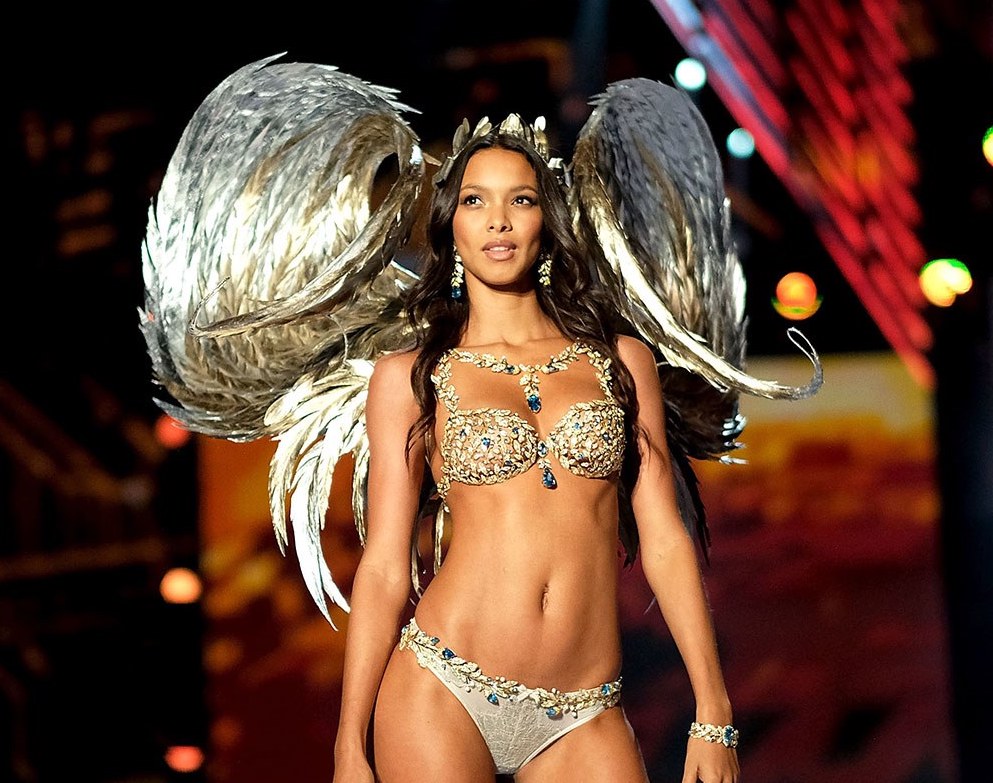As we continue to push for diversity, inclusion and proper representation in our mainstream media, it appears that the conversation has grown stagnant within the fashion industry. While we may have seen more models of color on the catwalk these past few years, it’s unclear whether this is a passing fad, or a serious industry restructure.
In a recent interview with Coveteur, Brazilian model Lais Ribeiro revealed that racism and discrimination are to blame for her absence from Milan Fashion Week.
Ribeiro said, "Of course [representation] has to be better every year, but it still has a ways to go. For example, I don’t go to Milan anymore. I used to love Milan, and they’re just like, ‘Oh, we have enough Black girls here, you don’t need to come.’ There were two times that they said that, and I was like, ‘Is this for real?’ It has to be better, but it’s a little bit more open for us.”
Despite having walked on major international catwalks for high-end designers like Chanel, Louis Vuitton, Gucci, Dolce & Gabbana, Versace and Marc Jacobs, the Victoria Secret model was simply seen as a diversity quota that had already been filled. Disappointed, yet not surprised, Ribeiro’s revelation is proof that meritocracy continues to be a disillusionment.

Just last year, Nicki Minaj took the opportunity to shame the fashion industry for its tendency to exploit black culture for its own gain. “Designers get really big and really rich off of [black] culture, and then you don't see a motherf**ker that looks anything like us in the front row half the time,” Nicki Minaj said after attending the Philipp Plein Spring 2018 show. She went on thank Plein for being one of few designers to include models of color.
'I have to agree with Nicki's quote. Everyone is using [black] culture as inspiration,” Naomi Campbell told Elle. “'We don't want to be a trend.”
In May, Model Leyna Bloom, who has walked in New york Fashion for labels like Chromat, LaQuan Smith and the Blonds, revealed on Twitter: “No major modeling agency in NY & LA will give me a contract. They said it’s too much of a gamble and they can’t take the risk.”
An openly trans woman of color, Bloom explained in a recent interview “The feedback I’ve been getting is that they say, ‘Well, this whole trans thing, we already have someone on board who’s trans,’” Bloom said. “‘We just don’t know, it’s a gamble. Maybe in six months you can come back.’”
Bloom must resort to booking her gigs by herself through social media connections and email. Hoping to become the first trans model to walk in Victoria’s Secret Fashion Show, we may or may not see the model continue to defy the odds alongside Lais Ribeiro.
Models of color may just be what Naomi Campbell feared: a transient vogue. With great strides to be made, the fashion world has a long way to go before it can be recognized as an inclusive and representative medium.
